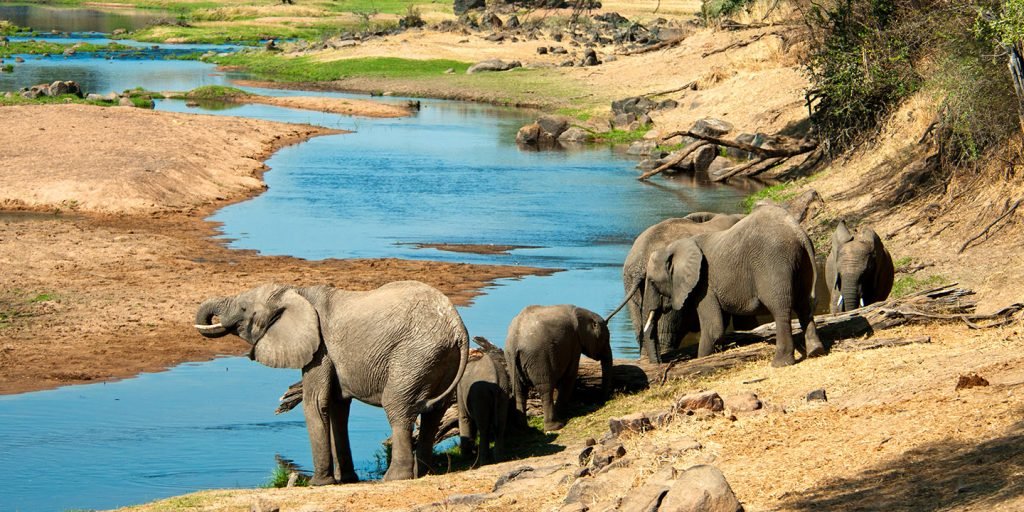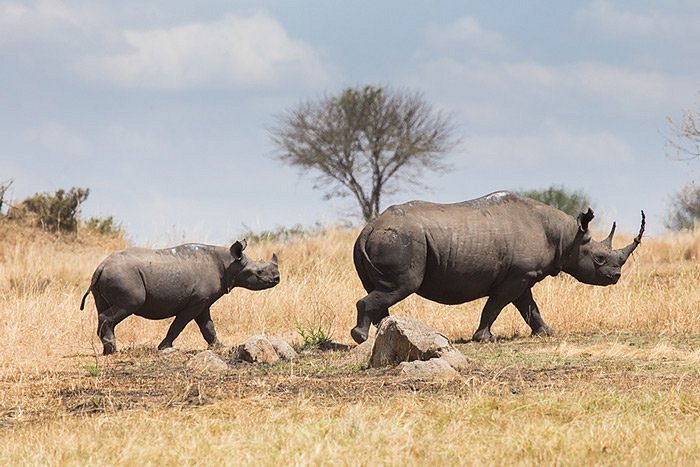Tarangire National Park
The park derives its name from Tarangire River which flows across the area and attracts high numbers of migrant animals during the thirsty months. The banks of river Tarangire are branded with dense vegetation of acacia and mixed woodland, while the surrounding area is dominated by huge baobab trees, and to a lesser prominence, old doum palm trees and black cotton grass.
The Park is located 120km from Arusha, counting its size sixth largest park in Tanzania commonly stop for safaris travelling through the Northern Circuit due to its strategic location on the way to Ngorongoro and the Serengeti. Most well-known for its gigantic baobab trees, the park’s gentle rolling countryside is dotted with these trees, which seem to dwarf the animals that feed beneath them.
Tarangire National Park is not only famous for its enormous elephant population reaching up to 300 elephants, the park is also common place to see migratory wildebeest, hartebeest, zebra and buffalo crowding the shrinking lagoons. Mongoose colonies are also found in the park making their home from uninhibited termite mounds. However, presence of thick vegetation provides camouflage for main predators in the park which can be spotted in other parks in Northern Tanzania.
Best time to go
The dry season, from late June to October, is the best time for wildlife viewing in Tarangire National Park. Most of the animals migrate out of the park during the wet season, and wildlife viewing is not as good.
Activities
Game drives, guided walking safaris, bird watching and balloon safaris (It is also possible to organize day trips to the Tarangire).



